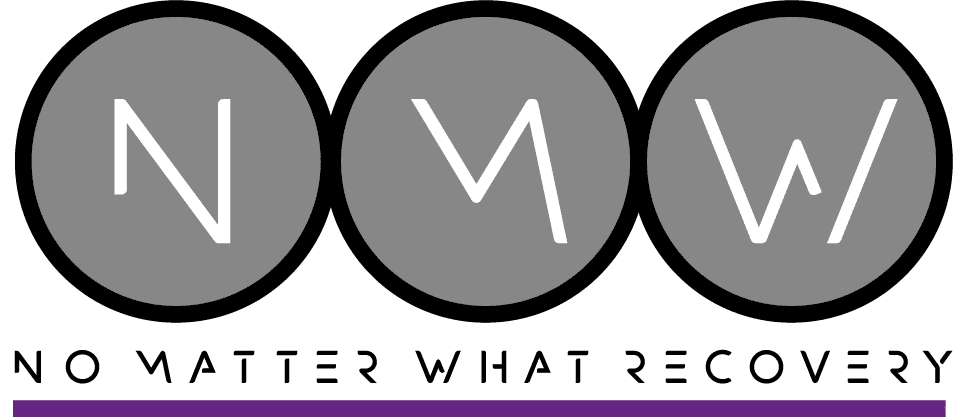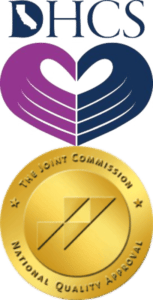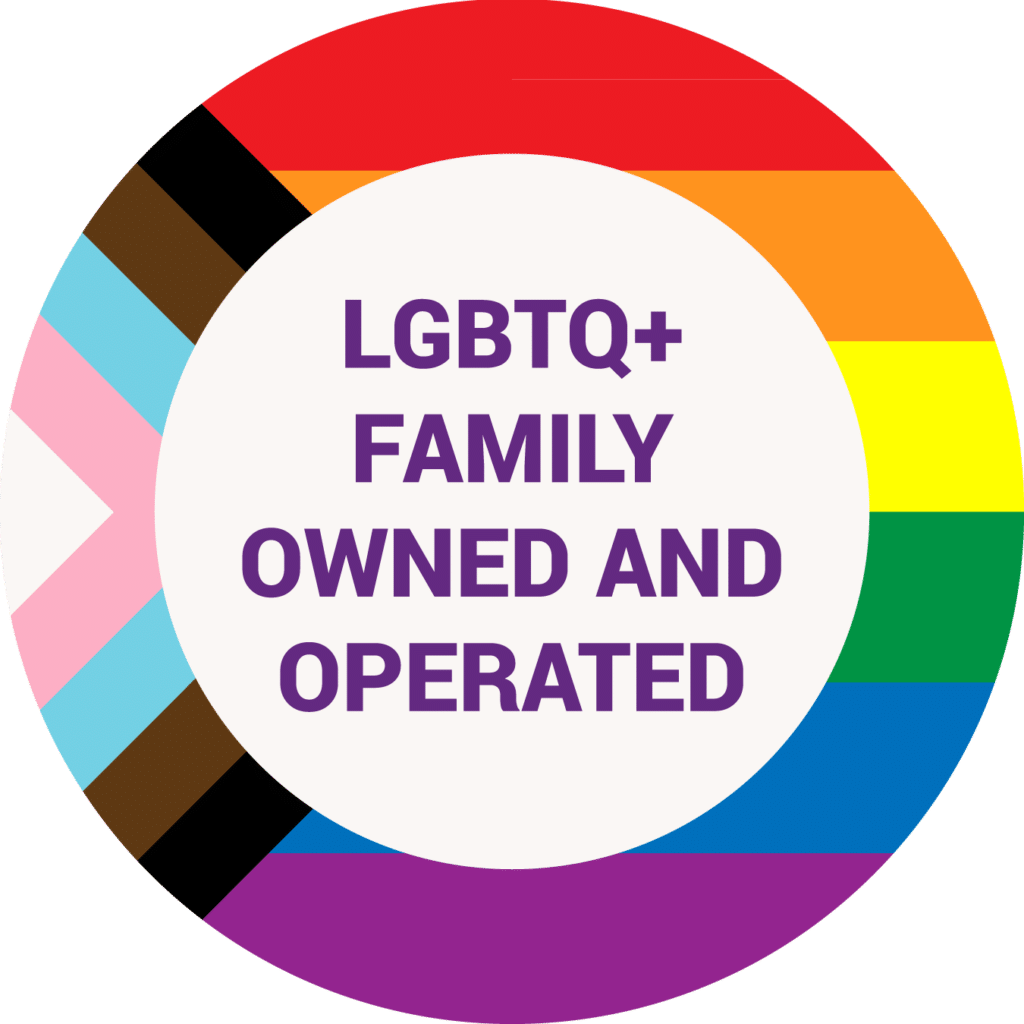A Closer Look at Methamphetamine Use in the LGBTQ+ Community
- Last Updated:

The use of methamphetamine, commonly referred to as “meth,” “crystal,” or “crystal meth,” has become increasingly prevalent within the LGBTQ+ community, particularly among gay men. Aside from typical side effects of meth addiction, within the gay community, meth use has a nasty correlation with HIV transmission that we’ll dive into.
Perhaps even more troubling is that a study by SAMHSA showed that meth use is, on average, four times more likely among gay men. This, coupled with the limited options someone in the LGBTQ+ community has to battle this crisis, leaves the issue on how to find support if you’re affected by this issue.
This article aims to explore the history of meth use within the LGBTQ+ community, the effects it has on individuals, and the available treatment options and prevention strategies.
History of Meth Use in the LGBTQ+ Community
The Emergence of Meth Use in the LGBTQ+ Community
In the 1970s, methamphetamine use began to gain traction within the LGBTQ+ community, particularly among gay men. This period marked a time of social and sexual liberation, and meth quickly became associated with the party scene, as well as private gatherings and “chemsex” parties. The drug’s ability to enhance sexual experiences, boost energy, and lower inhibitions made it popular among those looking for an intense and prolonged party experience.
The Club Scene and Meth Use
The 1980s and 1990s saw the rise of the club scene, with underground raves and circuit parties becoming increasingly popular. Meth became a staple drug at these events, as its stimulating effects allowed partygoers to dance for hours on end. The drug’s sexual side effects further solidified its place within the LGBTQ+ community, as it facilitated sexual connections and encounters in these party environments.
The Meth Epidemic and the LGBTQ+ Community
In the late 1990s and early 2000s, meth use reached epidemic proportions in the United States. The LGBTQ+ community was disproportionately affected, with meth use rates among gay men far exceeding those of the general population. This period saw a surge in addiction, mental health issues, and HIV transmission rates, all of which were closely tied to meth use within the community.
Efforts to Address Meth Use in the LGBTQ+ Community
In response to the growing meth epidemic, various initiatives were launched to address meth use within the LGBTQ+ community. These efforts included educational campaigns, outreach programs, and support services tailored to the unique needs and experiences of LGBTQ+ individuals. The establishment of groups like Crystal Meth Anonymous (CMA) played a crucial role in providing resources and support for those struggling with addiction.
The Current State of Meth Use in the LGBTQ+ Community
While meth use rates have declined somewhat since the peak of the epidemic, drugs remains a significant issue within the LGBTQ+ community. Terms like “party and play” or PnP are tossed around somewhat regularly. Ongoing efforts are needed to address the underlying factors contributing to meth use, such as stigma, discrimination, and mental health issues, as well as to provide accessible and effective treatment options for those affected by addiction.
Reasons for Meth Use
There are various reasons why meth use has become more common within the LGBTQ+ community. Some individuals may turn to the drug as a means of coping with internalized homophobia, stigma, and discrimination.
Others may use meth to self-medicate for mental health issues like depression, anxiety, or trauma. Finally, because of heavy discrimination against the gay community, meth might be used as a way for people of the LGBTQ+ community to escape their everyday struggles. One of these may, for instance, be battling against society’s internalized homophobia.
Meth isn’t the only substance used as a coping mechanism by members of the LGBTQ+ community. There are studies that show that there is a strong correlation between being gay and abusing alcohol, as an example.
Effects of Meth Use
Physical Effects
Meth use can have severe consequences on an individual’s physical health. Some common physical effects include tooth decay, weight loss, and skin sores. Prolonged use may lead to more severe health issues like heart problems, stroke, and organ damage.
Mental Effects
Meth use can also negatively impact an individual’s mental health. It can cause anxiety, paranoia, hallucinations, and even psychosis. Long-term use can lead to cognitive impairment, memory loss, and severe mood swings.
Social Effects
Meth use often leads to social isolation and the breakdown of relationships. The drug’s highly addictive nature can result in individuals prioritizing their addiction over their personal and professional lives.
Meth Use and HIV
Methamphetamine use has been closely associated with increased risk for HIV transmission within the LGBTQ+ community, particularly among gay men. This connection can be attributed to various factors, including the drug’s ability to increase sexual desire, lower inhibitions, and impair decision-making. These effects can result in an increased likelihood of engaging in high-risk sexual behaviors that facilitate the transmission of HIV.
Prevention and Harm Reduction Strategies
Education and Awareness
Educating the LGBTQ+ community about the dangers of meth use and promoting awareness is crucial in preventing addiction. Outreach programs targeting high-risk populations can be beneficial in reducing the number of new users and encouraging those already using meth to seek help.
Safe Spaces
Creating safe spaces where LGBTQ+ individuals can socialize and build connections without the presence of drugs is essential. These spaces can offer alternative ways for the community to connect and find support without resorting to drug use. Ideally, these space spaces would offer a refuge where an individual wouldn’t have to cope with LGBTQ-specific issues, such as internalized homophobia.
Access to Mental Health Resources
Improving access to mental health resources for LGBTQ+ individuals can help address some of the underlying factors that contribute to meth use. By offering tailored mental health support, we can help those struggling with addiction find healthier coping mechanisms.
Treatment Options
Traditional Rehab
Traditional rehabilitation programs can be effective for some individuals seeking to recover from meth addiction. These programs typically include detoxification, therapy, and aftercare support to help individuals maintain their sobriety.
LGBTQ+ Specific Rehab
LGBTQ+ rehab programs offer an additional layer of support for those within the community. These programs address not only the addiction itself but also the unique challenges that LGBTQ+ individuals may face, such as discrimination, stigma, and internalized homophobia. This tailored approach can lead to more successful recovery outcomes.
Find Support for Who You Are with No Matter What
Methamphetamine use within the LGBTQ+ community is a complex issue that requires a multifaceted approach to address. By increasing awareness, providing targeted mental health support, and offering tailored treatment options, we can help those struggling with addiction find the resources and support they need to overcome their challenges and build healthier, happier lives.
No Matter What is a LGBTQ-specific rehab center that focuses on outpatient treatment for individuals. We specialize in treating members of the LGBTQ+ community and can provide care for any sort of substance use disorder.
Contact us if you’re curious about our services or want to learn more about our different levels of care.
Frequently Asked Questions
Why is meth use particularly prevalent among gay men?
Meth use is prevalent among gay men due to various factors, including its reputation for enhancing sexual experiences, reducing inhibitions, and providing an escape from internalized homophobia, stigma, and discrimination.
How does meth use increase the risk of HIV transmission?
Meth use can lead to risky sexual behavior, such as having unprotected sex and multiple sexual partners, increasing the risk of HIV transmission.
What is Crystal Meth Anonymous (CMA)?
CMA is a 12-step program designed to support individuals struggling with meth addiction. It offers a safe space for sharing experiences and finding support from others who understand their struggles.
What are some prevention strategies for meth use within the LGBTQ+ community?
Prevention strategies include education and awareness campaigns, creating safe spaces for socialization, and improving access to mental health resources tailored to the LGBTQ+ community.
Are LGBTQ+ specific rehab programs more effective than traditional rehab programs?
LGBTQ+ specific rehab programs can be more effective for some individuals, as they address the unique challenges that LGBTQ+ individuals may face, such as discrimination, stigma, and internalized homophobia, in addition to the addiction itself.








